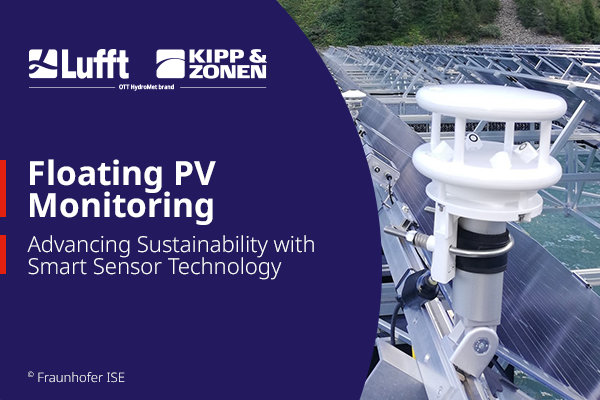Soon the MARWIS sale starts. In this context, the new sensor currently has to overcome the last testing phase taking place in the laboratory as well as outside on the road. In this blog post, our development department reports about how MARWIS behaves in these examinations…

Photo credit: kichigin19 – Fotolia.com
Since the production of Lufft‘s new mobile road sensor MARWIS will start from fall 2014 on, now the new sensor is in the final examination phase. After extensive laboratory testing, it is currently done directly at the vehicle. We covered already hundreds of test miles during trial runs with the test car. This took place both in town and on country roads as well as on highways. We put attention on trying out different speeds and diverse road conditions. So far, MARWIS completed tests on dry, damp and wet roads and came off very well. The various asphalt and concrete types, of which there are hundreds in Germany alone, were not a problem. For the responsible Lufft team the testing on wet roads was particularly important in order to check detection of high water films. Therefore, we were almost grateful for the ever-recurring local rain showers.
These trips were recorded not only by video but also with the help of a GPS module, which additionally analyzed and evaluated the measurements. For this purpose, the responsible Lufft team developed an own test software, which is records and processes all internal sensor data. It is able to define where and when the “MARWIS mobile” moves and at which speed. All data are saved according to the measurement rate. Through these methods, we are able to carry out a detailed verification and evaluation of measurement series and at the same time it was possible to check the test data transfer as well as the SmartView3 server.
Also very positive was the determination of the protection class trough “TÜV Süd”, because MARWIS reached IP68, which is very high. This means that MARWIS is dustproof and remains water resistant in at least one meter depth. Moreover, the mobile road sensor achieved very good results in the vibration test and the test for electromagnetic compatibility (excluding electromagnetic interference) as well.
“Now we are already looking forward to the winter,” says managing director Axel Schmitz-Hübsch, “then the MARWIS can finally show how well it works for real snow and ice on winter roads.”
 |
Informationen zum Autor: My name is Karlheinz Woschée and I was embedded software developer at Lufft from 2013 until 2015, after collecting relevant work experience at other renowned measurement technology companies. At Lufft, I was especially responsible for the development of the mobile road sensor MARWIS, for which I, for instance, implemented the related algorithms and carried out a lot of product tests. |


